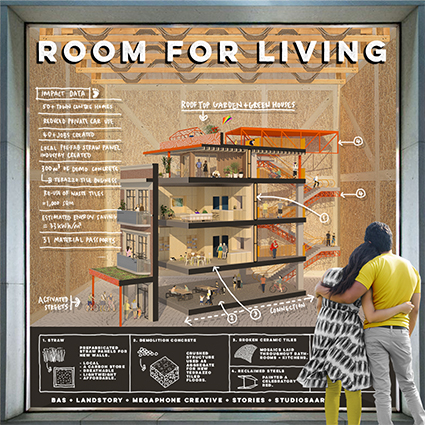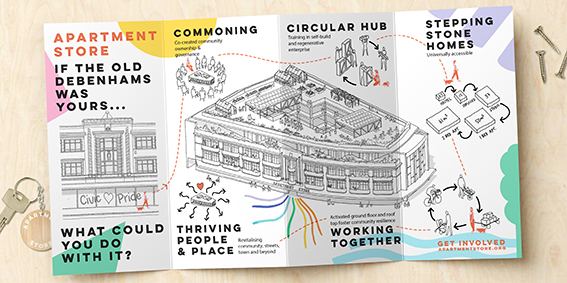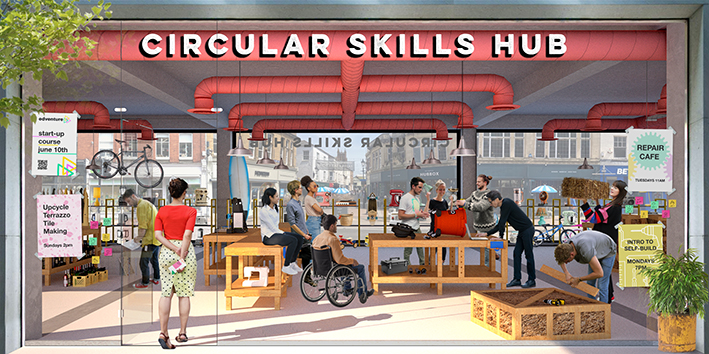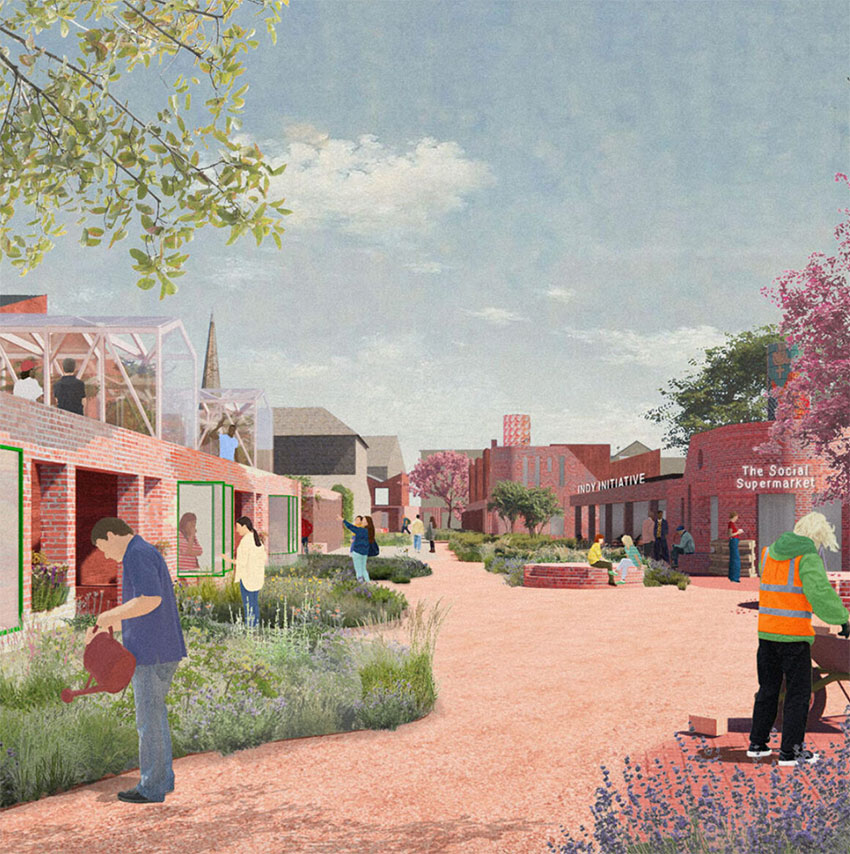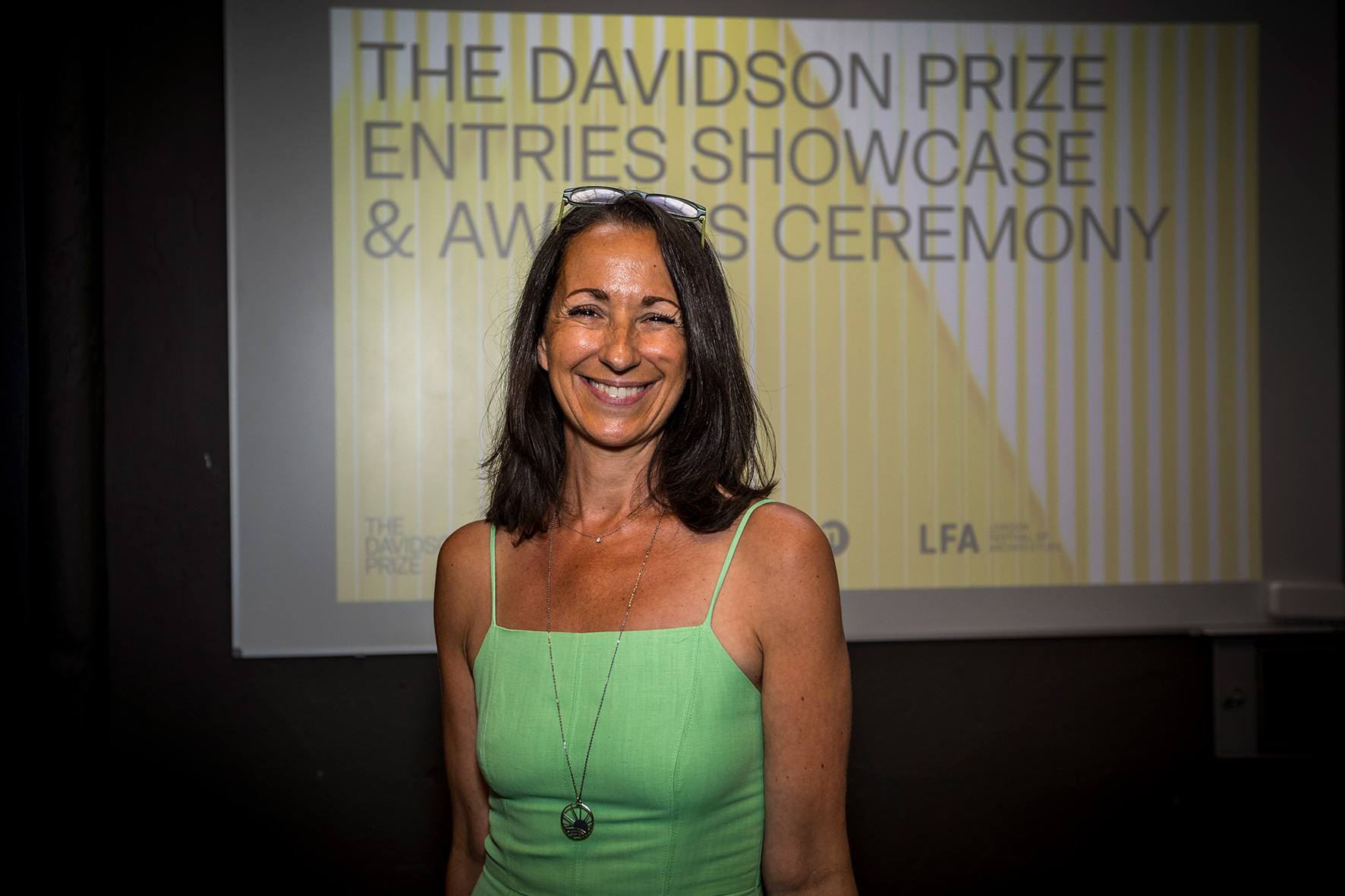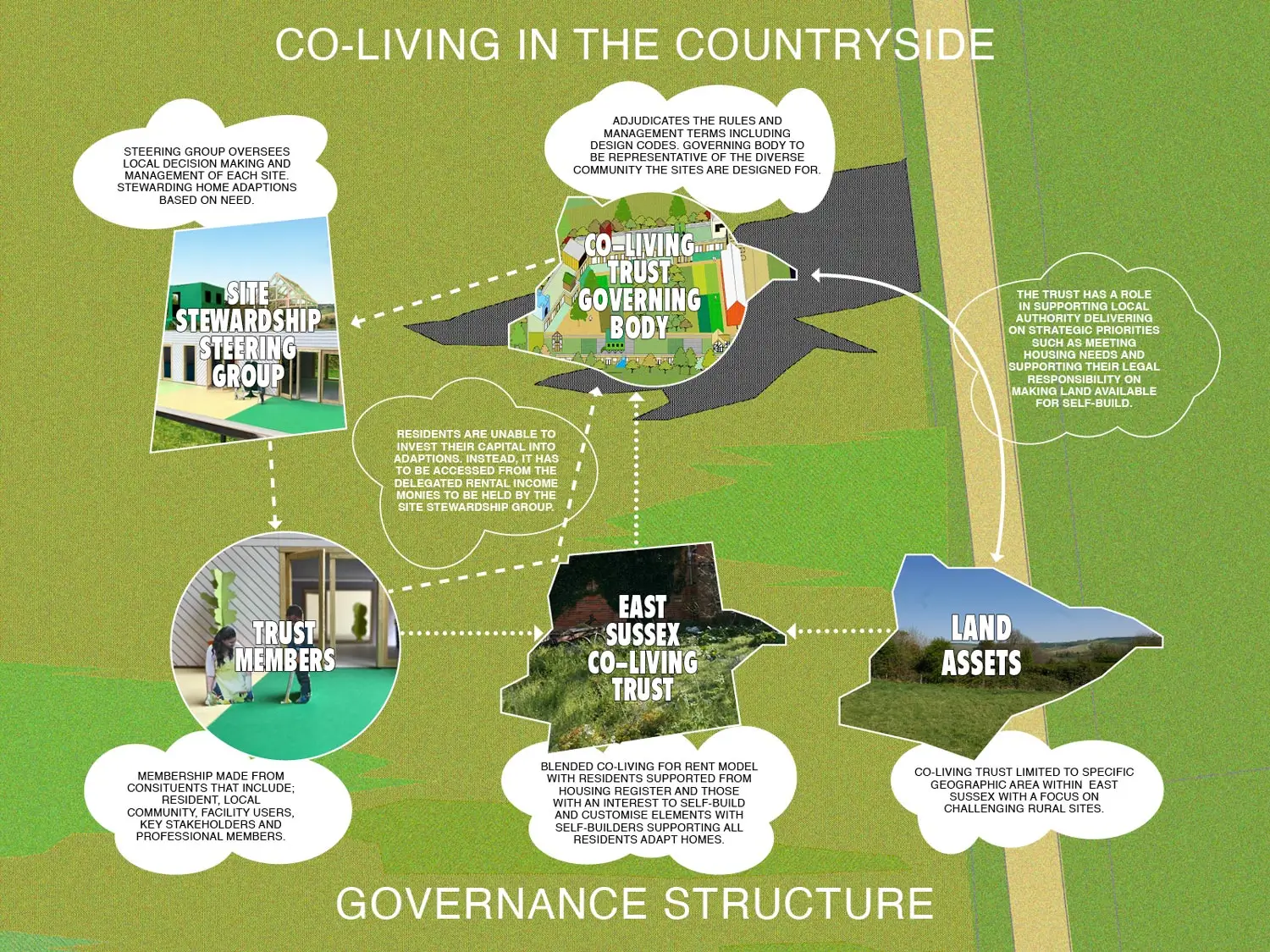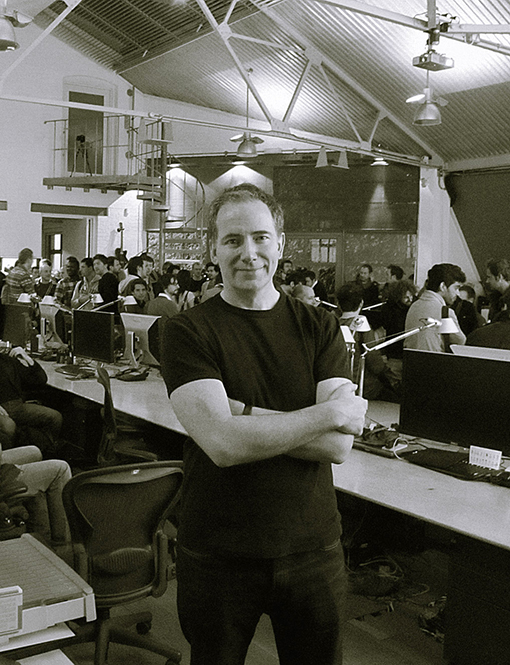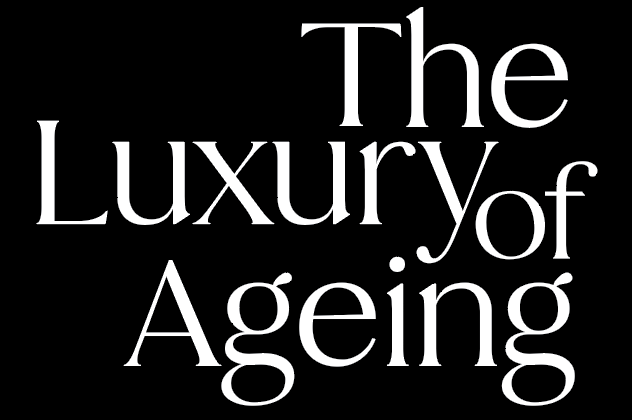Alan Hayes Davidson (1960–2018) was a British architect and pioneer of architectural visualisation, founding the studio Hayes Davidson. In 2015, he established the
Alan Davidson Foundation, committing much of his estate to causes like MND research and architectural innovation. In 2020, the Foundation launched The Davidson Prize to promote transformative home design. The Foundation also set up a scholarship, first with the University of Kent, now with the University of Edinburgh where Alan studied Architecture, supporting students through their Architectural studies.
